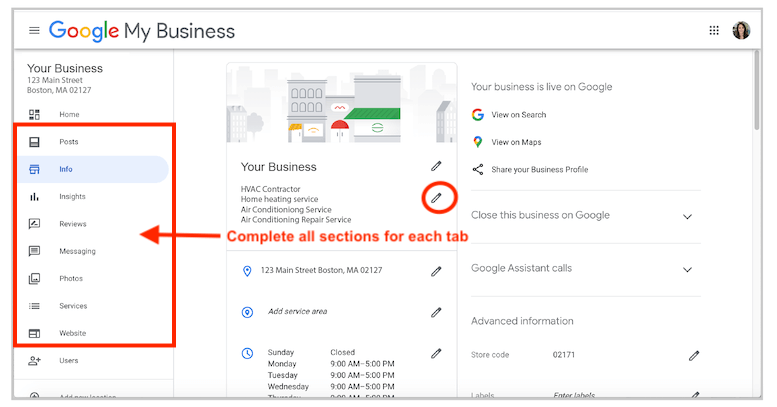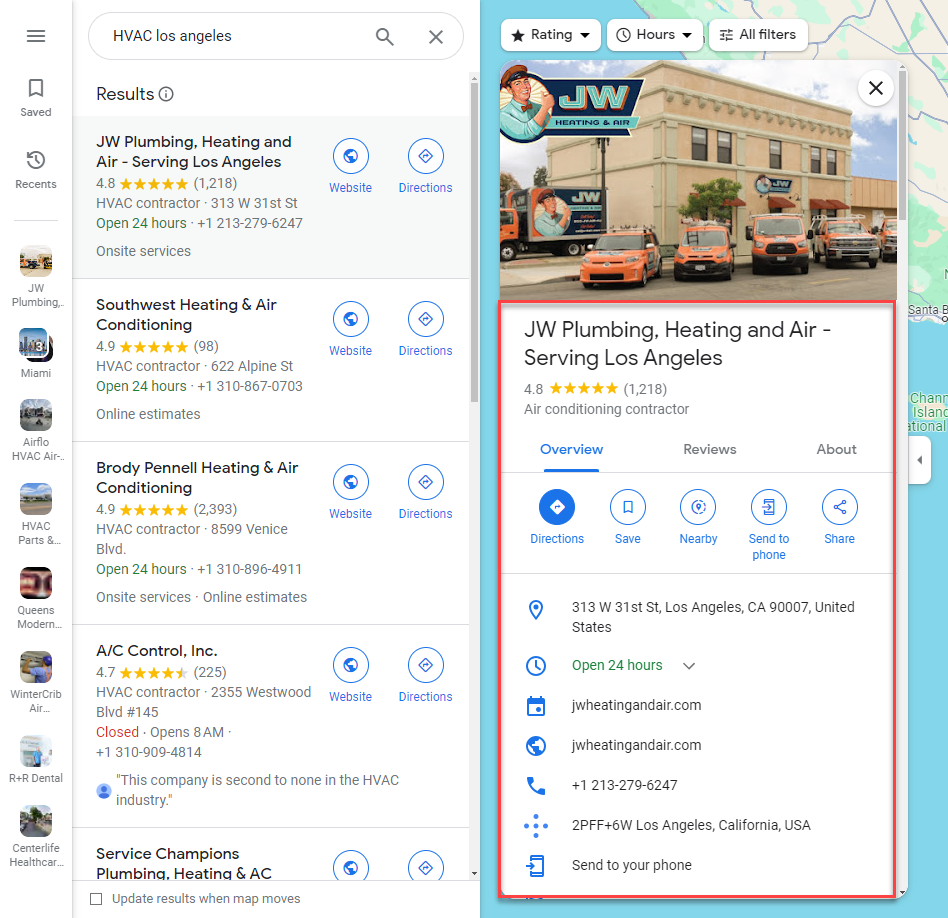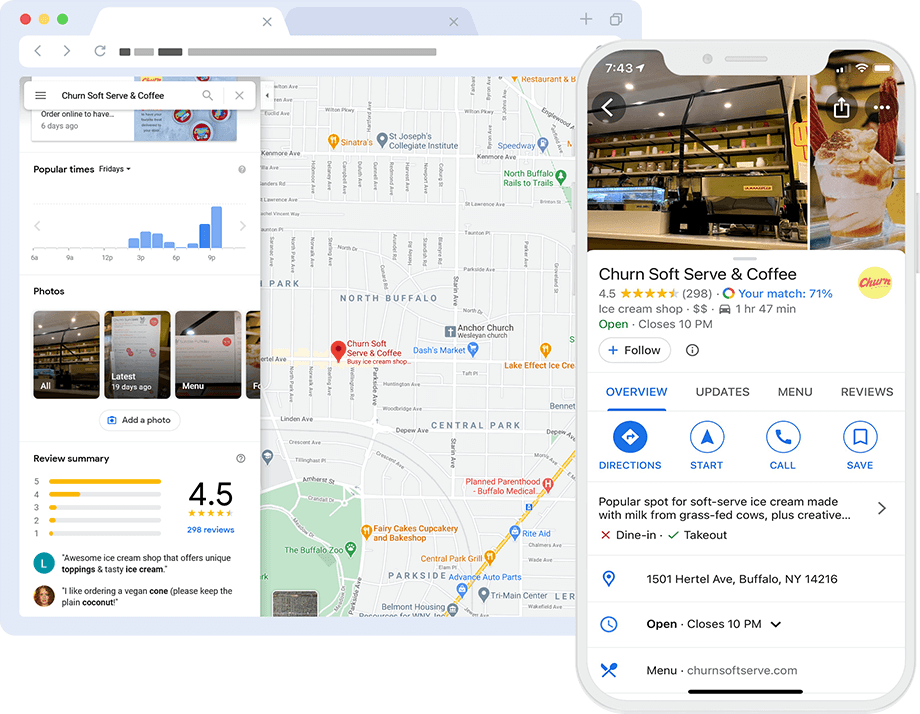Local SEO Techniques: Google My Business, Citations, and Geo-Targeted Content
Local SEO is essential for businesses aiming to attract nearby customers and appear prominently in local search results. Three core techniques—optimizing your Google My Business (now Google Business Profile), building accurate citations, and creating geo-targeted content—form the foundation of a robust local SEO strategy.
Google My Business (Google Business Profile)
Google Business Profile (GBP) is the cornerstone of local SEO, directly influencing how your business appears in Google Maps and local search results. Key optimization steps include:
- Claim and Verify Your Listing: Ensure your business is accurately represented and verified by Google.
- Complete All Profile Fields: Fill out every section—business name, address, phone number (NAP), hours, website, and categories—with accurate, up-to-date information.
- Add Photos and Videos: Regularly upload high-quality images of your business, team, and products to build trust and engagement.
- Encourage and Respond to Reviews: Actively solicit customer reviews and respond promptly to both positive and negative feedback to demonstrate responsiveness and improve reputation.
- Use Google Posts: Share updates, offers, and events directly on your profile to keep it fresh and engaging.
- Monitor Insights: Use GBP’s built-in analytics to track how customers find and interact with your listing.
A well-optimized GBP increases your chances of appearing in the “local pack” (the top three local results) and builds credibility with potential customers.
Citations and NAP Consistency
Citations are online mentions of your business name, address, and phone number (NAP) on directories, review sites, and other platforms. They are critical for local SEO because:
- Verify Legitimacy: Consistent citations across reputable directories (e.g., Yelp, Yellow Pages, Bing Places) signal to search engines that your business is legitimate and trustworthy.
- Improve Rankings: Accurate and widespread citations help your business rank higher in local search results.
- Ensure Consistency: Inconsistent or incorrect NAP information can confuse search engines and harm your rankings. Regularly audit and update your citations to maintain accuracy.
Best Practices:
- List your business on major local directories and industry-specific platforms.
- Use tools like Moz Local or BrightLocal to manage and monitor your citations.
- Correct any discrepancies promptly to maintain data integrity.
Geo-Targeted Content
Geo-targeted content tailors your website and marketing materials to specific locations, making your business more relevant to local searchers. Effective strategies include:
- Local Keywords: Incorporate location-specific keywords (e.g., “plumber in Austin,” “best coffee shop downtown”) in page titles, headers, meta descriptions, and throughout your content.
- Location Pages: Create dedicated landing pages for each service area or neighborhood you serve, optimizing each for relevant local keywords.
- Blog Posts and Local News: Publish articles about local events, news, or community issues to naturally include local keywords and demonstrate community involvement.
- Localized Offers and Testimonials: Highlight local customer stories, case studies, or special offers for residents to increase relevance and trust.
- Embed Maps and Directions: Make it easy for customers to find you by including interactive maps and clear directions on your site.
Geo-targeting can also extend to paid ads (e.g., Google Ads) and social media campaigns focused on specific neighborhoods or cities.
Summary Table: Core Local SEO Techniques
| Technique | Purpose | Key Actions |
|---|---|---|
| Google Business Profile | Control local search presence | Claim, verify, optimize, add media, manage reviews, post updates |
| Citations & NAP | Establish legitimacy & consistency | List on directories, ensure accuracy, audit regularly |
| Geo-Targeted Content | Attract local customers | Use local keywords, create location pages, publish local content |
Additional Advanced Tactics
- Competitor Analysis: Identify gaps in your local SEO by analyzing competitors’ keywords and backlinks.
- Reputation Management: Use tools to monitor and respond to reviews across platforms.
- Schema Markup: Implement local business schema to enhance rich snippets in search results.
- Mobile Optimization: Ensure your website is mobile-friendly, as many local searches happen on smartphones.
Conclusion
Optimizing your Google Business Profile, maintaining accurate and consistent citations, and creating geo-targeted content are the pillars of effective local SEO. Together, these techniques improve your visibility in local search results, build trust with potential customers, and drive more foot traffic and conversions to your business. Regular monitoring and updates are essential to maintain and grow your local search presence over time.





